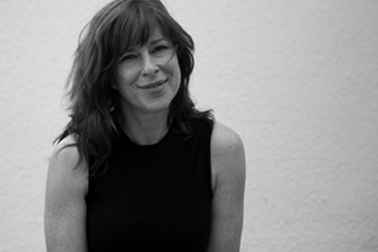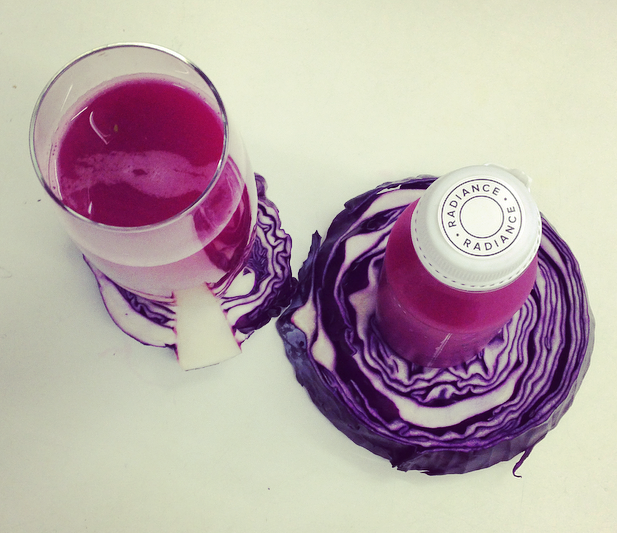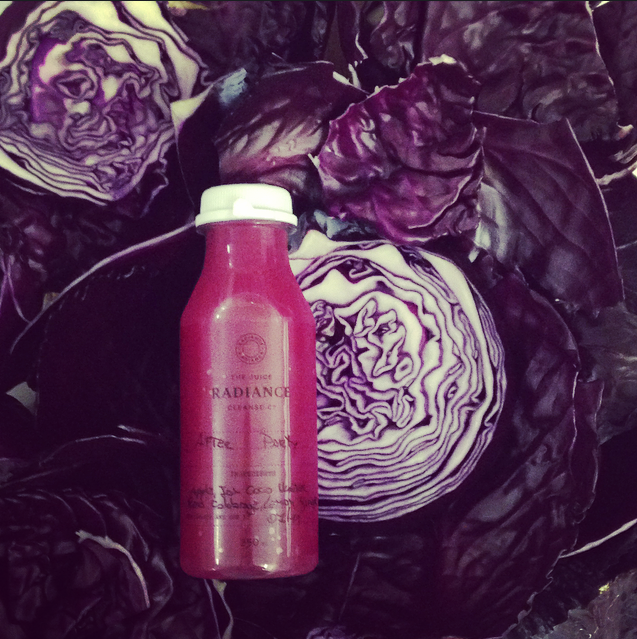The Green Life with Lucinda Meade
by Rosie Guest,
A massage treatment can be hugely valuable during a cleanse and one experienced therapist that we often turn to is Lucinda Meade of TwentyTwo Training. Here she shares with us her individual approach to massage.

In what ways can a massage benefit you on a cleanse?
When you decide to ‘cleanse’ your body you are subjecting it to a profound change. You will be reducing your intake of refined sugars and other toxins, and ironically it is the improvement in your diet that may make you feel worse before you begin to feel better. A combination of soft tissue treatment, hypnotherapy and acupuncture (or any one of those treatments tailored especially for you) will enhance your sense of well being, make you feel stronger and allow you to make and maintain the change you need in your life.
Is there a specific type of massage that you think is particularly beneficial?
I believe it is essential to match the type of massage and overall therapeutic approach to the needs of the individual in order to derive maximum benefit.
For example, in the case of an athlete with a very high level of fitness and a challenging set of performance goals one might focus on deep muscle treatments to encourage rapid recovery and avoid injuries. This could be combined with acupuncture to address pain and promote healing, and hypnotherapy to help visualise successful achievement of competition goals.
Another example might be a busy professional/full time mother who needs to maintain a healthy body and mind in order to manage multiple responsibilities covering both work and private life. In this case treatment might focus on reducing stress levels, eliminating toxins and enabling natural healing processes to maintain the health and vigour necessary to meet the multiple demands of a busy and demanding schedule.
I like to finish all my treatments with acupressure to the face and head to eliminate any remaining stress, invigorating and toning the face.
In what ways can a massage effect your emotions, mental outlook and stress levels?
Clinical studies have shown that therapeutic massage increases oxytocin levels. We are social animals and touch is vital for the release of oxytocin, making us feel more balanced, socially connected and less anxious. Massage also decreases adrenocorticotropic hormone (ACTH) levels - these are raised when there is chronic stress present in the body. These two actions explain how therapeutic massage focussed towards these endpoints, allows us to feel more balanced and capable of taking on the new challenges and goals that we want, or need, to address.
What lead you to become a Physiotherapist?
I started out working in the creative industries. After a period working in Athens, I returned to London, studying art and working freelance in design and illustration, before moving into video editing and photography.
My love of physical fitness, in particular running, and the experience of nursing an elderly friend, led to a change of direction and following a science foundation course I graduated in physiotherapy from King’s College London.
I am passionate about treating the whole person, not just an injury or a symptom. At the end of my first year of university I was diagnosed with cancer. From this I learned two important things that have influenced my practice. Firstly, that clinical excellence combined with kindness are both rare and therapeutic; and secondly, (when my oncologist, shifting uneasily in his chair, said “positive people do better.....”), that your mind will influence your health.
Not only that, but the benefits of a 360 degree approach to life which includes exercise and nutrition is vital for all my clients. At a gym like TwentyTwo Training the whole person is addressed.
As a result of that experience I extended my knowledge and expertise with a Diploma in Hypnotherapy to help patients manage chronic pain issues and/or overcome negative patterns of thinking and behaviour that affect their wellbeing. I am also a qualified Acupuncturist.
Because everyone is different they deserve and need an approach that is both evidence-based and designed personally for them. Using physiotherapy, therapeutic soft-tissue techniques, acupuncture and hypnotherapy, I believe I have found the best way to help my clients achieve the positive changes they want.


